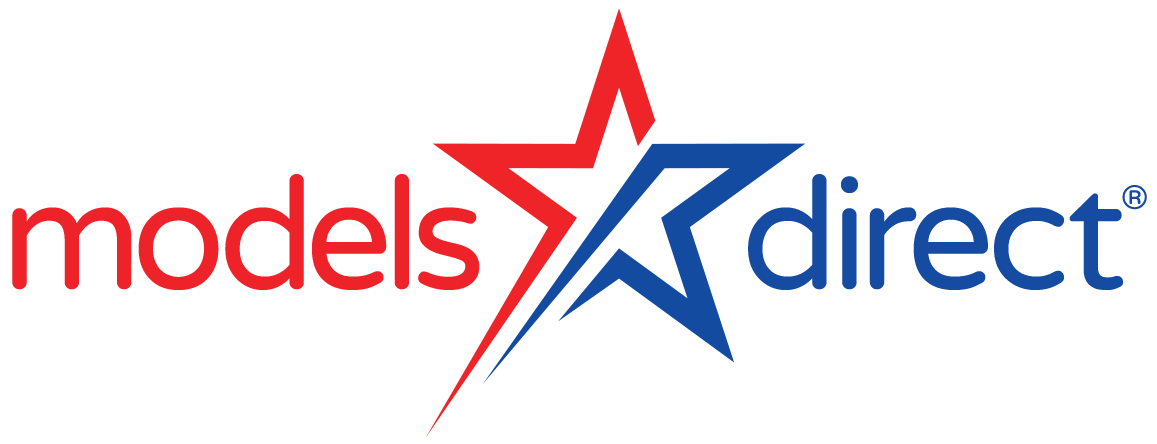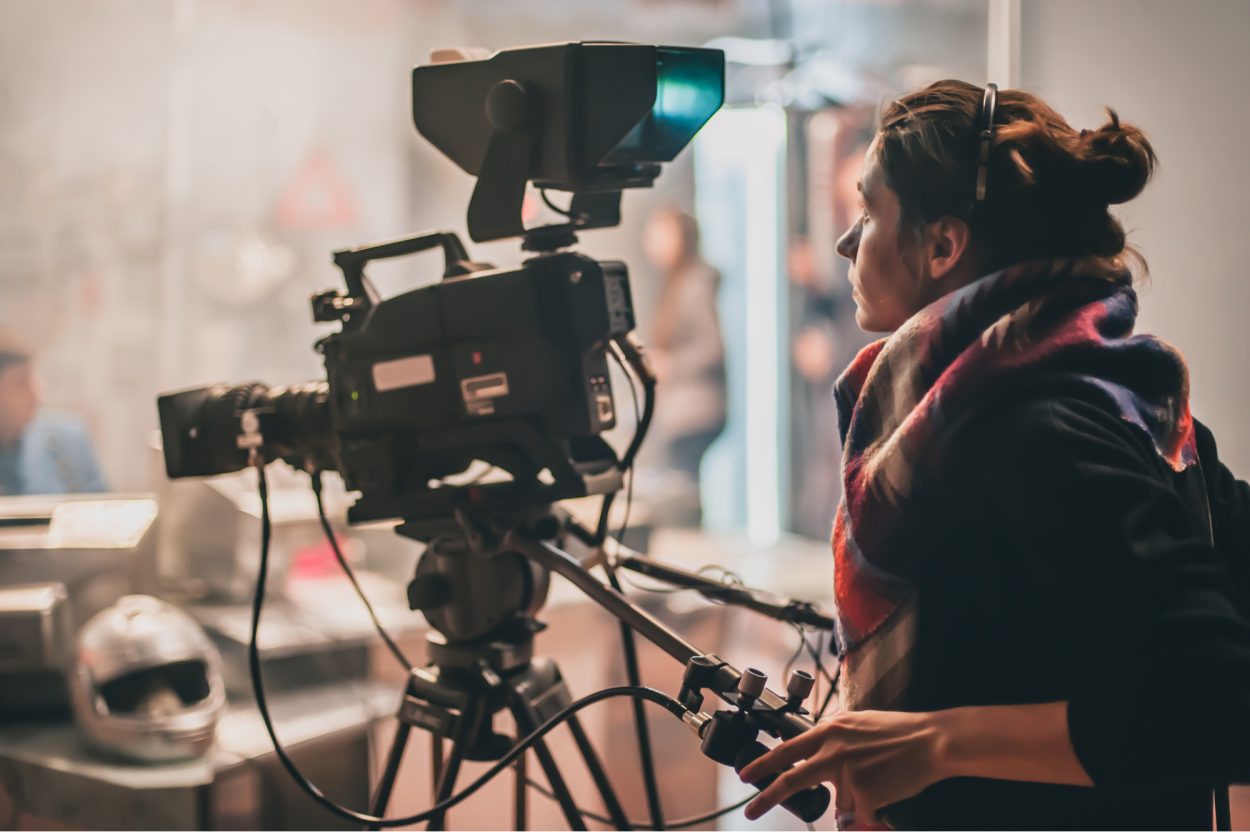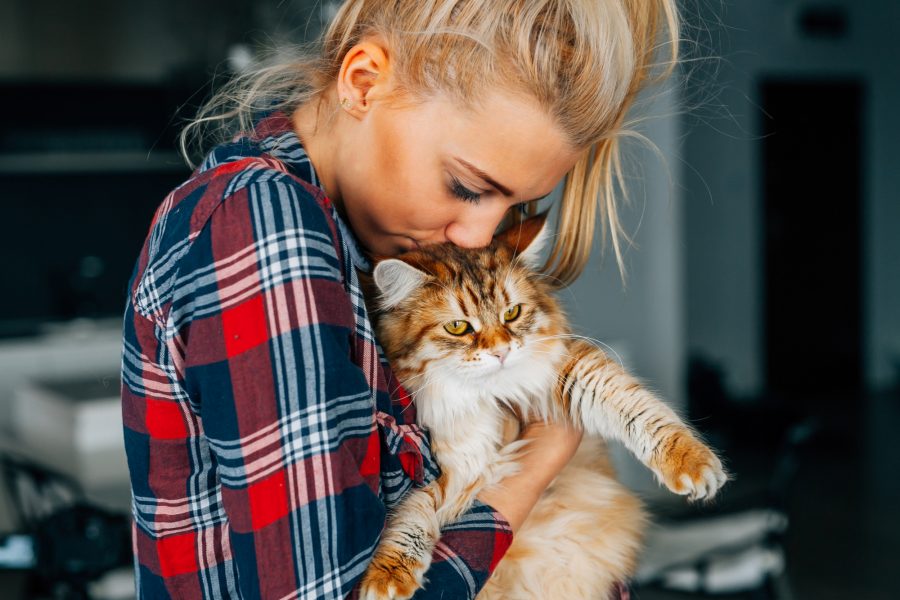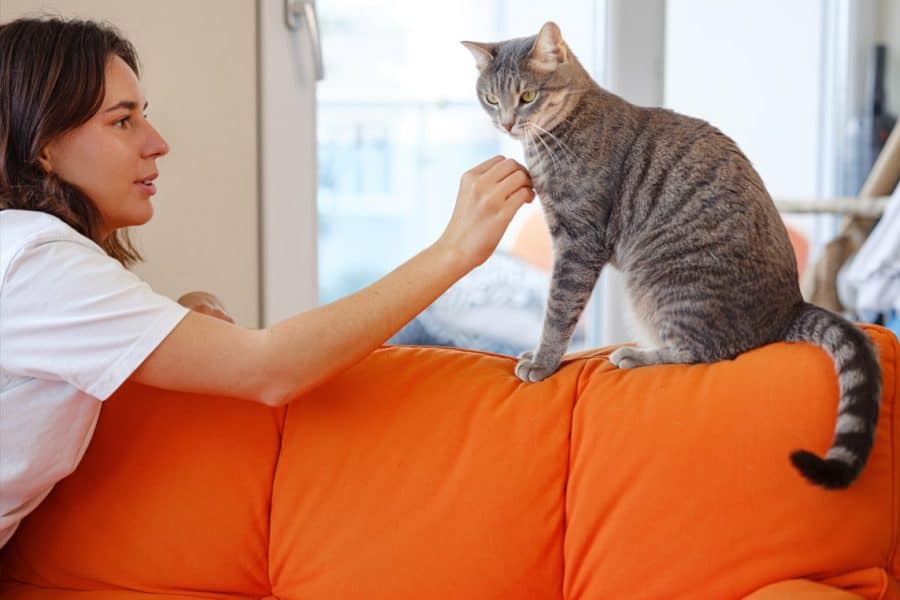When you’re a model with Models Direct, you can expect to launch yourself into many different types of jobs. Variety certainly spices things up in all aspects of life, and this is just one of the reasons why our models enjoy their assignments.
One type of job that regularly crops up is posing / acting in commercials. In the UK, the word “commercial” in this context usually implies an advert that is broadcast on TV or radio – in more recent times, such media outlets can be extended to platforms like YouTube, Facebook, Google and Instagram…most free social media sites depend on commercials, even if the users rarely see them. They’re free to users for a reason, and that reason is that commercials pay “top dollars”’ for the privilege of being noticed.
Indeed, “commercial” means anything related to buying or selling – the aim being to make a profit. The more consumers that see a product through commercials, the more likely the consumer will buy the product. At the very least, the commercial will have made the product known to the viewer, which is half the battle. The concept is simple, but highly effective.
It’d help to explain to our talented and lucky models the basics involved with shooting a commercial. After all, research is crucial prior to most jobs. Not all clients will follow the same protocol, as they may have their own ways which work best for them. However, the following is a typical example of what you can expect as a model whilst shooting a commercial:
Prior to the shoot:
1. We’ll provide the details, including contacts and directions (although it’s good practice to double check everything!)
2. Spend a few minutes researching the client (its history, key people, their products etc).
On the day:
1. Once you’ve arrived, you’ll probably sign in, or at the very least introduce yourself to the first contact (in a friendly, confident manner, of course!)
2. Right – let’s get to the specifics. You might be filming with other models. Some of them could be new to modelling; others could be experienced. They’ll all likely be ultra-friendly, smart and eager to help in any way they can. Models often form firm friendships with others – another bonus of modelling!
3. A member of the film crew will probably go through some introductions to put everyone at ease. They may also explain safety procedures (location of fire exits, exit points and if they differ for wheelchair users etc).
4. Most film crews will distribute call sheets to all workers involved on set. Historically, assistant directors arrange call sheets, but they could be drafted by anyone with the director’s permission. A call sheet is a term often used in the filming industry to tell the individuals concerned where and when they are required, and thus report accordingly. In short, a call sheet is a rota or agenda to help the day run smoothly. An example of an entry on a call sheet could be: “ALEX [model] as DANIEL [character] – Line up 08.30 – Ready 09.15 – Location: Studio C”.
It might sound very “Hollywood” – and you may not even need a call sheet – but models shouldn’t worry too much about them. They are written to help everyone, and all crew members should help out cast members if they have any questions. Call sheets could also have helpful information such as the crew’s phone numbers and contact details of the nearest hospital (fingers crossed you won’t need them).
5. With a little help from the production crew, you’ll have taken directions well and put in a solid morning’s work. (N.B. Some filming work might not start until late morning or even the afternoon. To reiterate: not all clients are the same!). Which then brings you to…
6. Lunch! If you have specific dietary requirements, hopefully you’ll have informed the client prior to arriving.
7. Models and extras are usually “directed” by Assistant Directors. Treat them as your friends, and absorb as much information from them as you can.
8. Floor managers are also “hands on”, as they are responsible for the crew and cast on the studio floor.
9. Other crew members you might come across are: “gaffer” (head electrician / lighting supervisor), “boom operator” (sound department, often an assistant to a sound engineer), “runner” (usually the most junior crew member and, though important, often works as a dogsbody (ahhhh…)), costume designer and make-up artists.
Models won’t come across every type of crew member whilst shooting a commercial, but any knowledge of the industry is always a plus. All crew, cast and extras can plan as much as they want, but sometimes things go wrong, and alterations are necessary. Take them in your stride!
If there’s one piece of advice to remember as a model for a commercial shoot it’s this: All crew members have a job to do, but they’re there also to help cast members. Enjoy the experience, don’t be nervous, and learn as much as your brain allows!
So, why do we have commercials and what makes a “good” commercial? Well, advertising has been around for centuries, so it’s nothing new. The main reason, as explained, why they exist is that companies see the value in them for their products…otherwise, why would they spend money in creating them? We, as consumers, don’t need commercials as much as companies need them, but that’s not really the point. As long as consumerism exists, so will commercials (in some form or another).
A “good” commercial is a matter of opinion. For companies, a good one is simply one that results in greater product awareness, thus driving sales. For consumers, a good commercial could be humorous, sad, hard-hitting, realistic, or risqué. All companies use marketing tricks / themes when coming up with a good commercial. The best commercials are those that are memorable, or tell a story. Some of the most effective commercials might include:
- Humour – e.g. Marmite adverts.
- Memorable characters – e.g. the Budweiser frogs.
- Connection with the viewer – e.g. home furnishing adverts. They’ll try to ask the viewer, “This sofa would look nice in your living room, wouldn’t it?”
- Mystery – an advert of the re-run of The Exorcist was shown in UK cinemas and was just a few seconds long. It was a freakishly flashing skull-like phantom, and nothing else. Film enthusiasts remembered it, though.
- Straight to the point – e.g. Ronseal, which does exactly what it says – on the tin or otherwise.
Click the links below to read about some of the commercials our models have recently been involved with filiming:
Commercials come in all shapes, sizes and formats. Models are helping companies sell a product, or even a dream. Let’s hope your next assignment is a dream for you, too.






